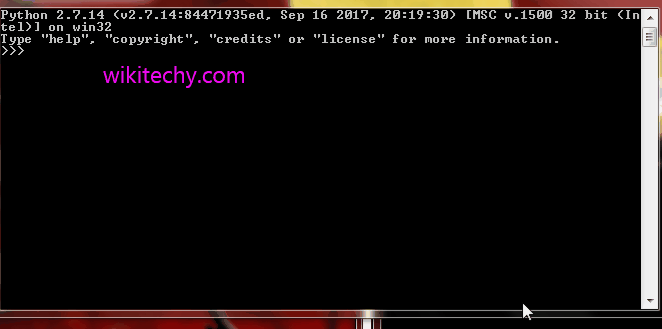
Learn Python - Python tutorial - python dictionary keywords - Python examples - Python programs

In python, dictionary is similar to hash or maps in other languages. It consists of key value pairs. The value can be accessed by unique key in the dictionary.
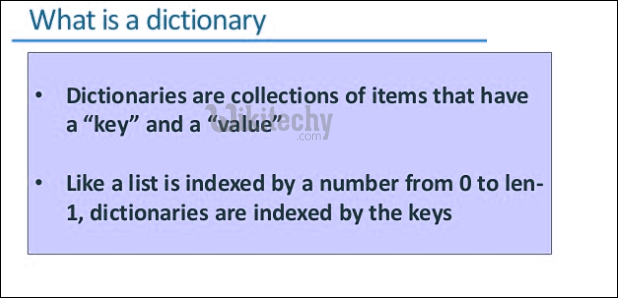
python - Sample - python code :
# Create a new dictionary
d = dict() # or d = {}
# Add a key - value pairs to dictionary
d['xyz'] = 123
d['abc'] = 345
# print the whole dictionary
print d
# print only the keys
print d.keys()
# print only values
print d.values()
# iterate over dictionary
for i in d :
print "%s %d" %(i, d[i])
# another method of iteration
for index, value in enumerate(d):
print index, value , d[value]
# check if key exist
print 'xyz' in d
# delete the key-value pair
del d['xyz']
# check again
print "xyz" in dpython tutorial - Output :
{'xyz': 123, 'abc': 345}
['xyz', 'abc']
[123, 345]
xyz 123
abc 345
0 xyz 123
1 abc 345
True
False
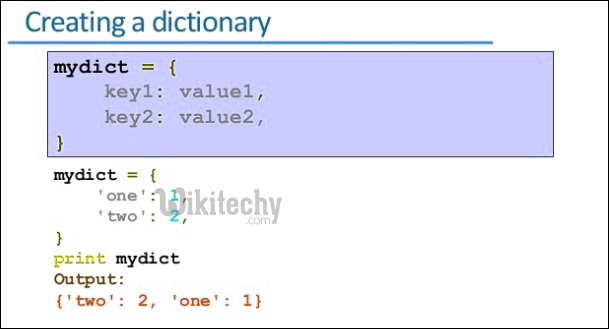
break, continue, pass in Python
break – takes you out of the current loop.
continue – ends the current iteration in the loop and moves to the next iteration.
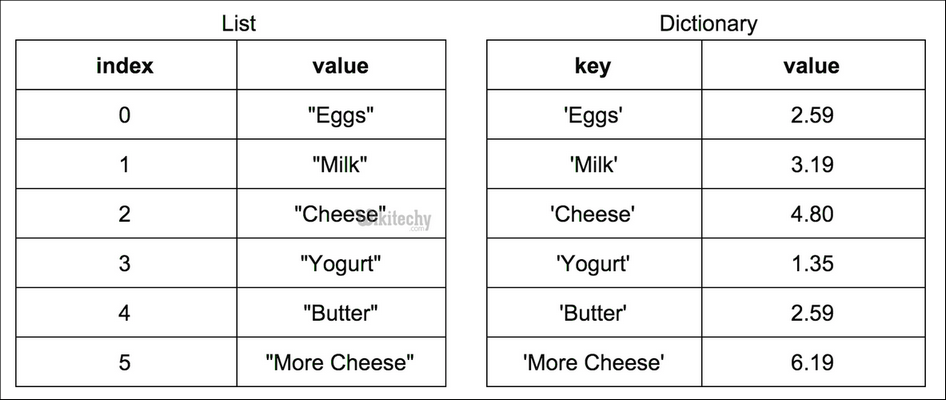
pass – The pass statement does nothing. It can be used when a statement is required. syntactically but the program requires no action. It is commonly used for creating minimal classes.
python - Sample - python code :
# Function to illustrate break in loop
def breakTest(arr):
for i in arr:
if i == 5:
break
print i,
# For new line
print
# Function to illustrate continue in loop
def continueTest(arr):
for i in arr:
if i == 5:
continue
print i,
# For new line
print
# Function to illustrate pass
def passTest(arr):
pass
# Driver program to test above functions
# Array to be used for above functions:
arr = [1, 3 , 4, 5, 6 , 7]
# Illustrate break
print "Break method output"
breakTest(arr)
# Illustrate continue
print "Continue method output"
continueTest(arr)
# Illustrate pass- Does nothing
passTest(arr)python tutorial - Output :
Break method output 1 3 4 Continue method output 1 3 4 6 7
map – The map() function applies a function to every member of iterable and returns the result. If there are multiple arguments, map() returns a list consisting of tuples containing the corresponding items from all iterables.
filter – It takes a function returning True or False and applies it to a sequence, returning a list of only those members of the sequence for which the function returned True.
lambda- Python provides the ability to create a simple (no statements allowed internally) anonymous inline function called lambda function. Using lambda and map you can have two for loops in one line.
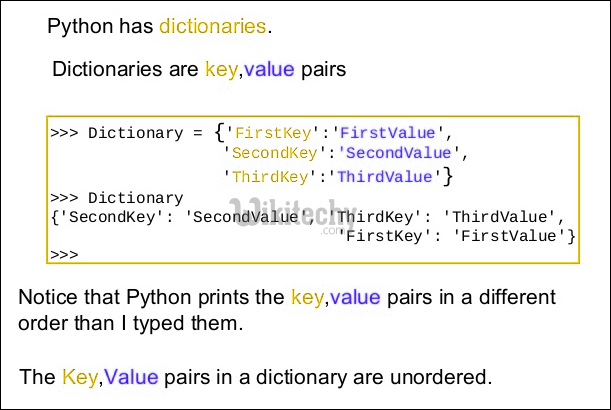
python - Sample - python code :
# Python program to test map, filter and lambda
# Function to test map
def cube(x):
return x**2
# Driver to test above function
# Program for working of map
print "MAP EXAMPLES"
cubes = map(cube, range(10))
print cubes
print "LAMBDA EXAMPLES"
# first parentheses contains a lambda form, that is
# a squaring function and second parentheses represents
# calling lambda
print (lambda x: x**2)(5)
# Make function of two arguments that return their product
print (lambda x, y: x*y)(3, 4)
print "FILTER EXAMPLE"
special_cubes = filter(lambda x: x > 9 and x < 60, cubes)
print special_cubespython tutorial - Output :
MAP EXAMPLES [0, 1, 4, 9, 16, 25, 36, 49, 64, 81] LAMBDA EXAMPLES 25 12 FILTER EXAMPLE [16, 25, 36, 49]
For more clarity about map, filter and lambda, you can have a look at the below example:
python - Sample - python code :
#code without using map, filter and lambda
# Find the number which are odd in the list
# and multiply them by 5 and create a new list
# Declare a new list
x = [2, 3, 4, 5, 6]
# Empty list for answer
y = []
# Perform the operations and print the answer
for v in x:
if v % 2:
y += [v*5]
print ypython tutorial - Output :
[15, 25]
The same operation can be performed in two lines using map, filter and lambda as :
python - Sample - python code :
#above code with map, filter and lambda
# Declare a list
x = [2, 3, 4, 5, 6]
# Perform the same operation as in above post
y = map(lambda v : v * 5, filter(lambda u : u % 2, x))
print ypython tutorial - Output :
[15, 25]
